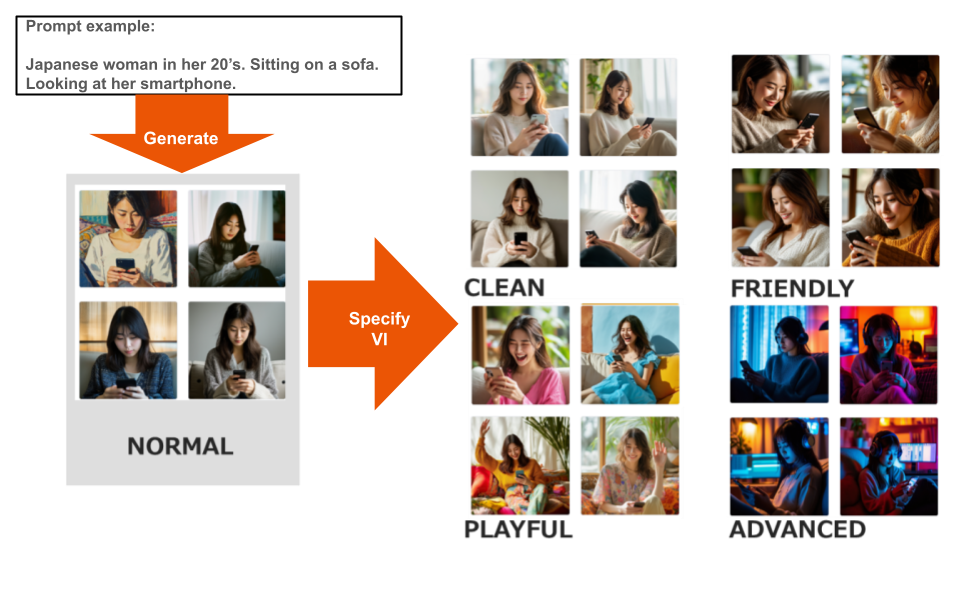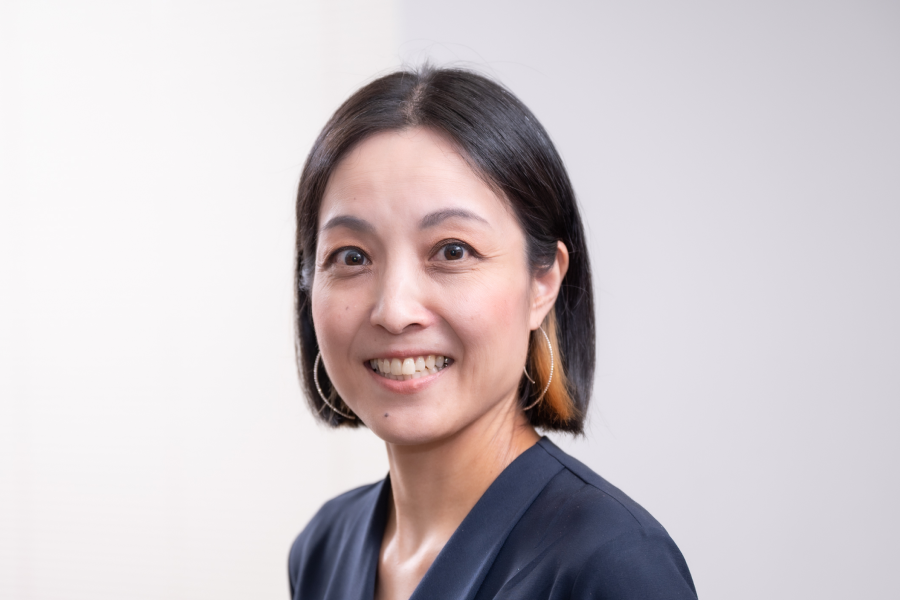
KDDI Corporation is one of Japan’s leading telecommunications companies, headquartered in Chiyoda-ku, Tokyo. KDDI offers a wide range of mobile and fixed-line personal communication services through its au brand, as well as business solutions. As part of its efforts to implement generative AI in its operations, KDDI aims to create new value by partnering with startups that possess advanced capabilities in developing state-of-the-art AI solutions*.
*KDDI CEO Message, May 2024, https://www.kddi.com/english/corporate/kddi/president/.
KDDI promotes its services through online advertising campaigns, which must be adapted for different platforms and user behaviors. At the same time, ad creatives must adhere to strict brand guidelines, ensuring consistency in logos, colors, and messaging while staying true to the brand’s values. This process requires skilled professionals who invest significant time and effort to get it right.
Although tools exist to streamline ad banner creation, they rarely leverage first-party advertising data (e.g., click-through rates). As a result, creative decisions often rely on the experience of designers and marketers rather than clear, data-driven insights, making it difficult to measure effectiveness.
To address these challenges, Recursive, in collaboration with the KDDI group company, developed an AI-powered, data-based ad creative generation system. It enables the semi-automatic creation of ad banners while ensuring alignment with KDDI’s brand guidelines and the four visual identity styles defined for the au brand. Once the banners are generated, the system automatically selects those with the highest AI-predicted advertising effectiveness based on past campaign performance.
The system’s pipeline integrates two AI models: the Image Generation Model and the KPI Prediction Model.


The deployment of the ad creative generation system is set to deliver a significant impact:
1. Workload Reduction: Beta testing confirmed that the system reduces the time spent by 50% on the following key tasks:
2. Improved CTR: Ad creatives are selected based on AI-predicted performance, ensuring maximum impact across platforms.
3. Expanded Creative Possibilities: AI-generated, high-quality human images offer greater variety in ad creatives without increasing costs. Marketers can experiment with different styles and concepts, making campaigns more diverse and engaging within the same budget.

“When translating corporate issues into concrete solutions, Recursive can offer a wide range of perspectives as they have not only engineers with expertise in information engineering but also experts with extensive experience in the marketing and business fields.”